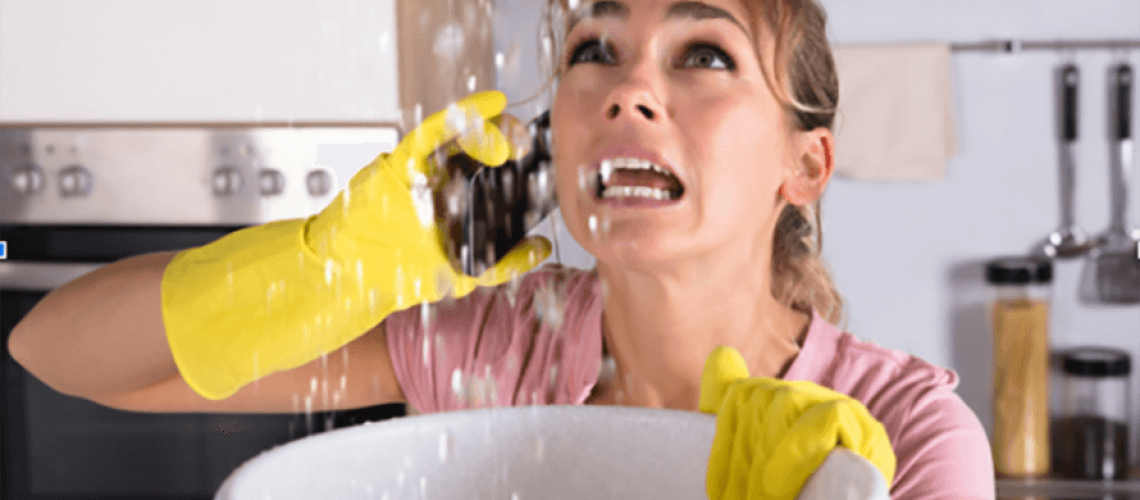Unearthing Sneaky Water Line Leaks: Six Effective Strategies
Unearthing Sneaky Water Line Leaks: Six Effective Strategies
Blog Article
Just how do you really feel about Leaking water lines?

Early detection of dripping water lines can mitigate a potential disaster. In addition to conserving you cash, it will reduce the stress as well as disappointment. The moment you locate a leakage, calling your plumber for fixings is the best option. Some small water leakages might not be noticeable. Right here are some hacks that help if you can not discover it with your nude eyes.
1. Analyze the Water Meter
Inspecting it is a proven way that helps you discover leakages. If it moves, that shows a fast-moving leak. This implies you might have a sluggish leak that might even be below ground.
2. Check Water Consumption
If you detect unexpected modifications, despite your intake being the same, it suggests that you have leaks in your plumbing system. An unexpected spike in your bill shows a fast-moving leakage.
Meanwhile, a stable increase every month, despite having the exact same routines, reveals you have a slow leakage that's likewise gradually rising. Call a plumber to thoroughly inspect your residential property, especially if you really feel a cozy area on your floor with piping below.
3. Do a Food Coloring Test
When it pertains to water consumption, 30% originates from toilets. Test to see if they are running properly. Decrease specks of food color in the storage tank as well as wait 10 minutes. If the shade somehow infiltrates your bowl during that time without flushing, there's a leak in between the storage tank and bowl.
4. Asses Outside Lines
Do not fail to remember to inspect your exterior water lines as well. Should water leak out of the link, you have a loose rubber gasket. One little leakage can waste bunches of water as well as increase your water costs.
5. Evaluate the scenario as well as inspect
Home owners need to make it a behavior to inspect under the sink counters and even inside cabinets for any bad odor or mold growth. These 2 warnings indicate a leakage so timely interest is needed. Doing routine inspections, even bi-annually, can conserve you from a major problem.
More importantly, if you understand your residence is already old, maintain a watchful eye on your heaters, tubes, pipes etc. Look for stainings as well as compromising as a lot of appliances and pipelines have a life expectancy. They will also normally deteriorate due to deterioration. Do not wait for it to intensify if you presume leaking water lines in your plumbing system. Call an expert plumber right now so you do not wind up with an awful mess in your home.
Early detection of dripping water lines can mitigate a possible catastrophe. Some small water leaks might not be noticeable. Inspecting it is a proven method that aids you find leakages. One small leakage can lose tons of water and also increase your water bill.
If you suspect dripping water lines in your plumbing system, do not wait for it to escalate.
WARNING SIGNS OF WATER LEAKAGE BEHIND THE WALL
PERSISTENT MUSTY ODORS
As water slowly drips from a leaky pipe inside the wall, flooring and sheetrock stay damp and develop an odor similar to wet cardboard. It generates a musty smell that can help you find hidden leaks.
MOLD IN UNUSUAL AREAS
Mold usually grows in wet areas like kitchens, baths and laundry rooms. If you spot the stuff on walls or baseboards in other rooms of the house, it’s a good indicator of undetected water leaks.
STAINS THAT GROW
When mold thrives around a leaky pipe, it sometimes takes hold on the inside surface of the affected wall. A growing stain on otherwise clean sheetrock is often your sign of a hidden plumbing problem.
PEELING OR BUBBLING WALLPAPER / PAINT
This clue is easy to miss in rooms that don’t get much use. When you see wallpaper separating along seams or paint bubbling or flaking off the wall, blame sheetrock that stays wet because of an undetected leak.
BUCKLED CEILINGS AND STAINED FLOORS
If ceilings or floors in bathrooms, kitchens or laundry areas develop structural problems, don’t rule out constant damp inside the walls. Wet sheetrock can affect adjacent framing, flooring and ceilings.
https://www.servicemasterbyzaba.com/blog/how-to-detect-water-leakage-in-walls/

I stumbled upon that page on Finding hidden leaks while doing a search on the web. Sharing is good. Helping people is fun. Thank you for your time. Visit again soon.
High-quality repairs here. Report this page